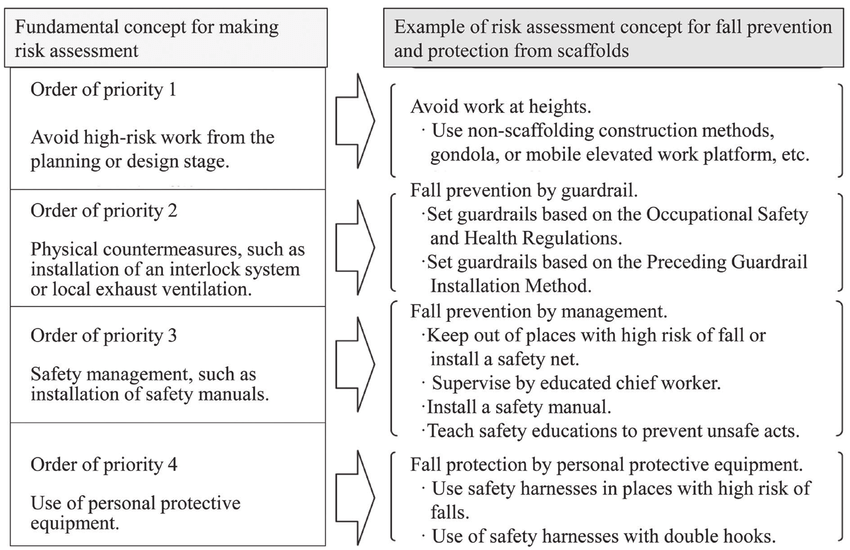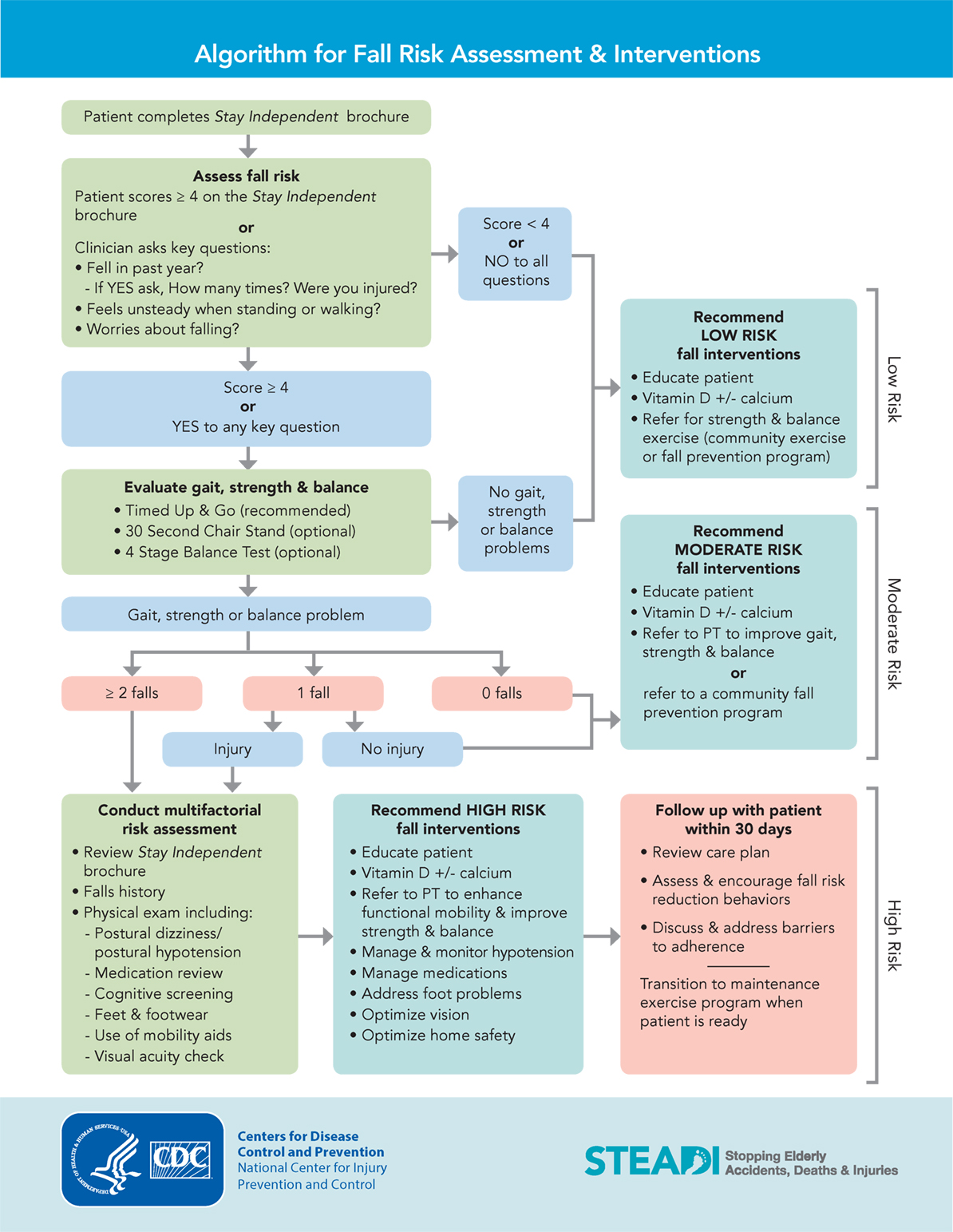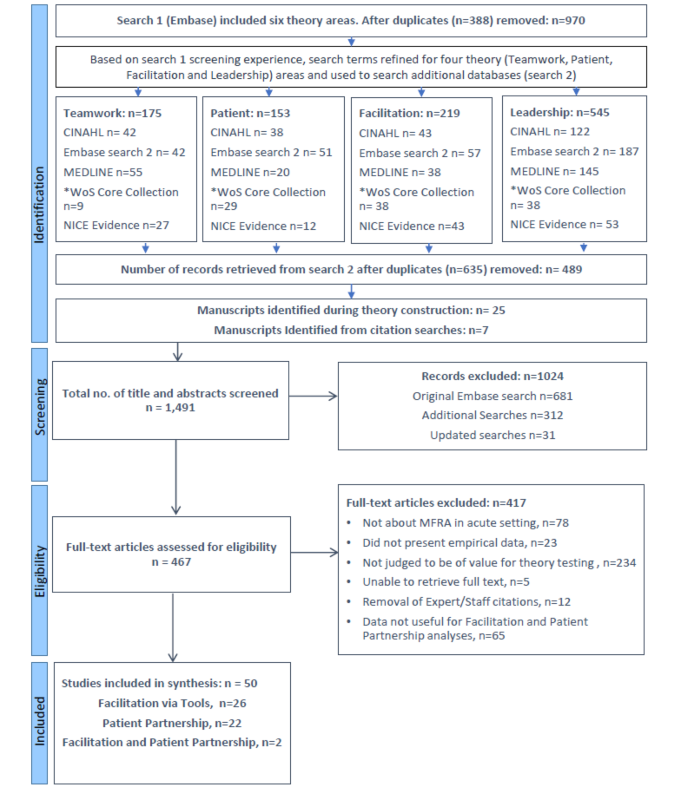6 Simple Techniques For Dementia Fall Risk
Things about Dementia Fall Risk
Table of ContentsThe Only Guide to Dementia Fall RiskSome Ideas on Dementia Fall Risk You Should KnowRumored Buzz on Dementia Fall RiskThe Of Dementia Fall Risk
A fall danger evaluation checks to see just how likely it is that you will certainly fall. The assessment normally consists of: This includes a series of concerns concerning your general health and if you've had previous falls or issues with equilibrium, standing, and/or walking.Treatments are referrals that might reduce your threat of dropping. STEADI includes 3 steps: you for your danger of dropping for your danger aspects that can be enhanced to attempt to stop falls (for example, equilibrium troubles, impaired vision) to minimize your threat of falling by utilizing effective strategies (for instance, offering education and sources), you may be asked several questions including: Have you fallen in the previous year? Are you stressed concerning falling?
If it takes you 12 seconds or more, it might suggest you are at higher danger for a fall. This test checks strength and balance.
Relocate one foot midway ahead, so the instep is touching the large toe of your various other foot. Relocate one foot totally in front of the other, so the toes are touching the heel of your other foot.
Dementia Fall Risk Fundamentals Explained
The majority of falls occur as an outcome of several adding aspects; for that reason, handling the risk of falling begins with identifying the variables that contribute to fall danger - Dementia Fall Risk. Some of one of the most relevant risk variables consist of: History of prior fallsChronic clinical conditionsAcute illnessImpaired gait and equilibrium, lower extremity weaknessCognitive impairmentChanges in visionCertain risky medications and polypharmacyEnvironmental aspects can also enhance the danger for drops, consisting of: Poor lightingUneven or harmed flooringWet or unsafe floorsMissing or damaged hand rails and grab barsDamaged or improperly equipped tools, such as beds, mobility devices, or walkersImproper usage of assistive devicesInadequate supervision of the individuals residing in the NF, consisting of those that show hostile behaviorsA effective loss threat management program needs a complete professional evaluation, with input from all members of the interdisciplinary group

The treatment strategy ought to additionally consist of interventions that are system-based, such as those that promote a safe environment (suitable illumination, handrails, get hold of bars, and so on). The efficiency of the interventions ought to be evaluated occasionally, and the treatment strategy changed as necessary to reflect adjustments in the like it loss threat assessment. Applying a loss risk monitoring system using evidence-based finest method can reduce the prevalence of falls in the NF, while restricting the capacity for fall-related injuries.
Fascination About Dementia Fall Risk
The AGS/BGS guideline recommends screening all adults matured 65 years and older for loss threat annually. This testing is composed of asking patients whether they have fallen 2 or more times in the previous year or looked for medical interest for a fall, or, if they have not dropped, whether they feel unstable when strolling.
Individuals that have actually dropped when without injury ought to have their equilibrium and gait assessed; those with gait or equilibrium problems should obtain added click to read more assessment. A background of 1 autumn without injury and without stride or equilibrium troubles does not warrant additional assessment past continued annual fall threat testing. Dementia Fall Risk. A fall threat evaluation is called for as component of the Welcome to Medicare evaluation

How Dementia Fall Risk can Save You Time, Stress, and Money.
Recording a drops history is one of the quality indications for autumn avoidance and administration. Psychoactive medications in specific are independent forecasters of drops.
Postural hypotension can usually be alleviated by minimizing the dosage of blood pressurelowering medicines and/or stopping drugs that have orthostatic hypotension as a negative effects. Use of above-the-knee assistance tube and copulating the head of the bed boosted may likewise decrease postural decreases in high blood pressure. The advisable components of a fall-focused physical exam are received Box 1.

A TUG time higher than or equivalent to 12 seconds recommends high loss danger. Being not able to stand up from a chair of knee height without using one's arms suggests enhanced fall threat.